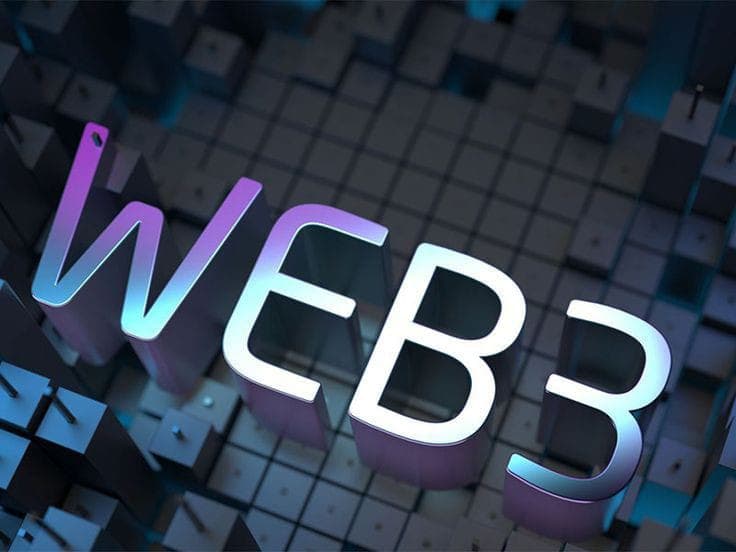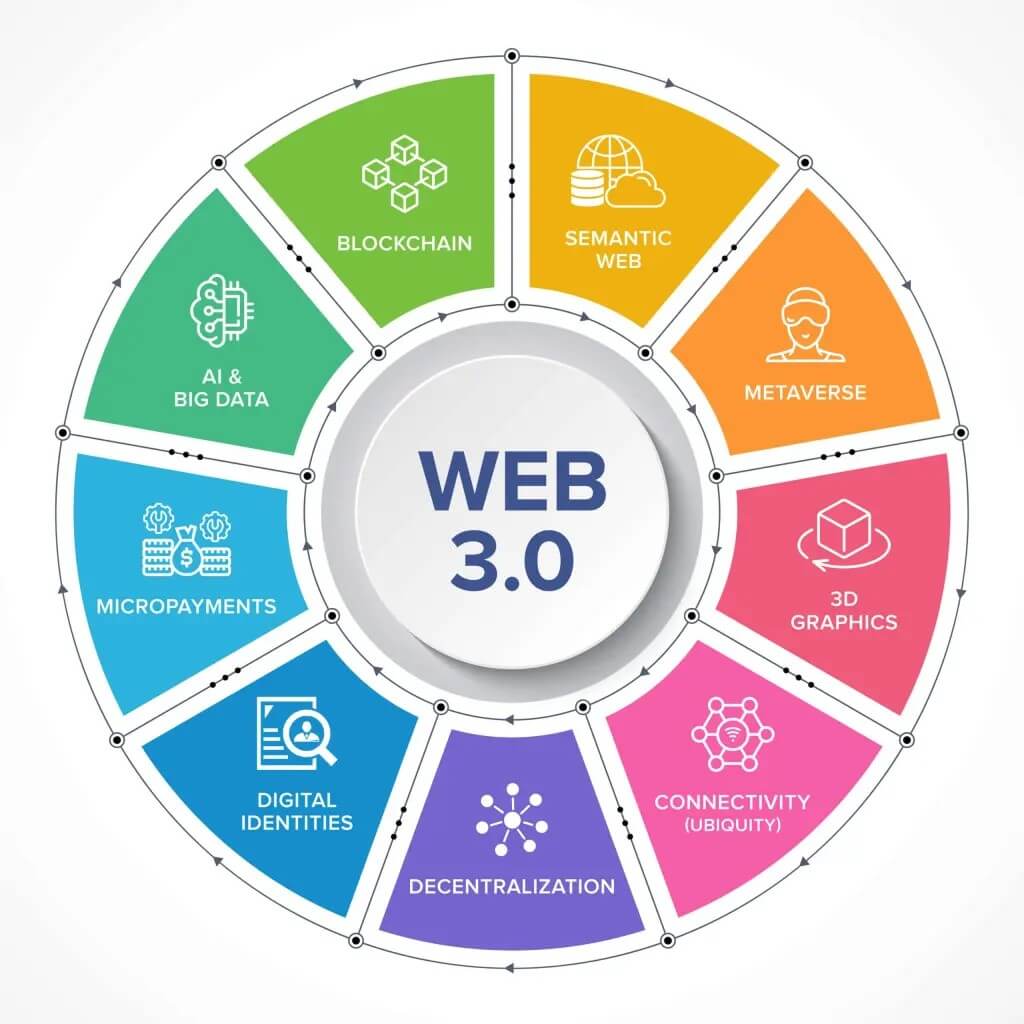Monday, April 14, 2025

Promise Champion

The war against academic dishonesty has entered a new phase.
With the rise of powerful AI text generators like ChatGPT, GPT-4, and Google Bard, educators around the world are facing a new challenge: AI-assisted cheating. Unlike traditional plagiarism, which involves copying content from existing sources, AI-generated content is original in form yet machine-produced, making it harder to detect using conventional plagiarism tools.
So, how can you identify when a student has used AI to complete their assignment? And what are the most effective ways to prevent it?
Let’s dive into this growing issue, exploring key detection strategies and the latest AI tools designed to uphold academic integrity.
Recent studies reveal a sharp increase in the use of AI among students to complete assignments. What’s more alarming is that many students now blend AI-generated content with their own writing — a tactic known as “hybrid cheating.” This technique makes detection much harder and often slips past basic plagiarism checkers.
A study published in The Imitation Game: Detecting Human and AI-Generated Texts in the Era of ChatGPT and Bard shows that even experienced educators find it difficult to distinguish between human-written and AI-generated work.
“AI content today is nuanced, coherent, and often more structured than student writing,” — White Paper: AI, Academic Integrity, and Authentic Assessment.
Another worrying trend is that students familiar with AI detection tools are deliberately manipulating AI outputs, paraphrasing and revising the text to avoid detection — making the problem even more complex.
AI writing tools like ChatGPT and GPT-4 work by predicting the most likely next word in a sentence based on massive datasets. This enables them to generate logical, well-structured, and human-like essays.
While AI detectors attempt to analyze aspects like:
these signals can be manipulated. Students can rephrase AI-generated content or combine it with human input, effectively beating the algorithm.
Detection tools are useful, but they're not perfect. Combine them with practical classroom strategies for better results.
AI writing often shows:
AI will continue to evolve — and so should our assessment strategies.
According to AI for School Teachers, the key is to embrace AI ethically in education, rather than ban it outright. This includes:
AI-generated writing is here to stay — but with awareness, vigilance, and thoughtful instructional design, educators can preserve academic integrity in the age of artificial intelligence.
By blending technology with human insight, we can create learning environments where students succeed honestly and authentically.
Looking to stay updated on AI in education or need help creating AI-resilient assessments?
Feel free to reach out or explore trusted educational resources on this topic.
📩 Ready to improve your academic performance? DM me on Facebook, Instagram, or head to my site:
👉 Visit Dev Champions and get started today! 🚀
You may also like

How to Secure Your Web Application Against Common Vulnerabilities

Promise Champion
Thursday, April 3, 2025

Unlocking the Potential of Smart Contracts

Promise Champion
Monday, March 31, 2025

The Future of Web3

Promise Champion
Thursday, March 27, 2025
Others